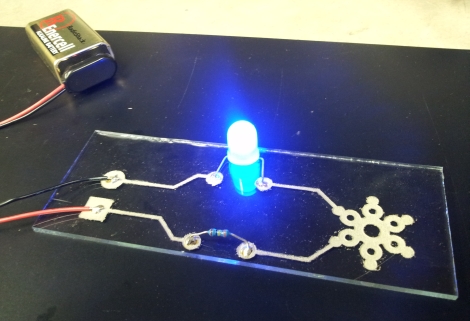
The Raspberry Pi has been launched. When we first heard of this board nearly a year ago, the idea of a $25 computer that displays 1080p video, runs Linux, and has enough ports to the outside world to do some very interesting stuff, we were cautiously optimistic. Now that the guys behind the Raspberry Pi are getting units out to the masses, we’re a little excited and also thinking about all the cool stuff we’re going to build.
The Raspberry Pi foundation is going with a licensed manufacturing setup with RS Components and Premier Farnell signing up to manufacture and distribute the boards. Right now it’s a strictly one-per-customer situation, but within a month or so you’ll be able to order as many as you would like.
Right now the foundation is focusing on the slightly more expensive ‘B’ model Raspberry Pi that includes Ethernet and USB over the $25 base unit. The ‘A’ model was originally slated to come with 128 MB of RAM, but due to some clever cost saving strategies, the team increased the base RAM to 256 MB.
Right now the only question we have is if an American distributor has signed on to sell this board; we’re sure something awesome will be built with this awesome little board. Commentors pointed out that Newark was selling Raspis for the US market, but they’re out of stock. The best advice may be to wait a few months for production to catch up to demand.











Recent Comments